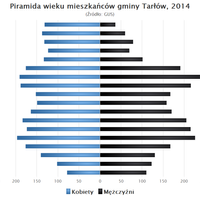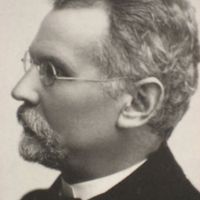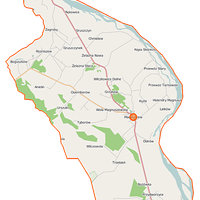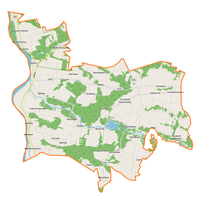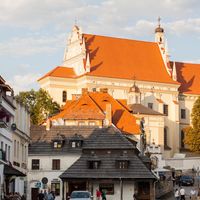Vistula
8.33
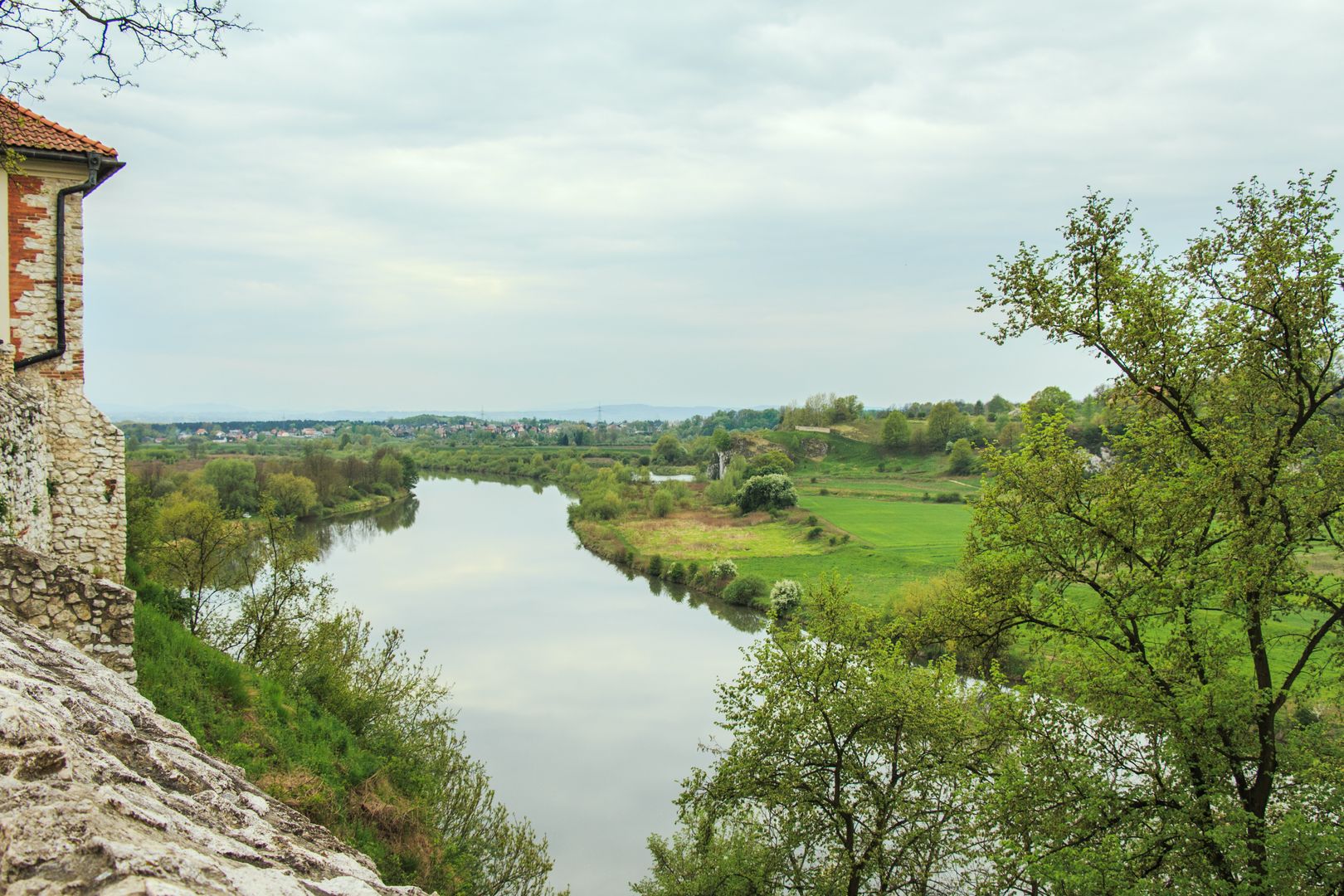
Overview
The Vistula, the longest river in Poland, stretches 1022 km and flows into the Gdańsk Bay, playing a key role in the country's history and culture. Its hydronym dates back over 2000 years, with the earliest mentions found in Latin texts. Throughout the centuries, the river served as a vital transport route, particularly for grain exports from the Polish-Lithuanian Commonwealth to Western Europe, as referenced in literature, including the Baroque poem "Flis." The Vistula was also used as a route for loot carried by the Swedes during the Deluge. Architecturally, the river is associated with numerous hydrotechnical structures, including power plants and retention reservoirs. A well-developed network of waterways, including connections to the Oder and other rivers, underscores its role as a communication route. Culturally, the Vistula inspires various events, such as the "Festival of the Vistula" and the annual Royal Rafting, as well as river pilgrimages. Interestingly, many wrecks have been discovered in the Vistula, serving as reminders of historical trade activity. The river flows through numerous protected areas, and its valley is rich in biodiversity, with diatoms dominating the phytoplankton. However, pollution levels in its waters have been controversial and have significantly fluctuated over the years. Floods and hydrotechnical regulations have been constant features in the Vistula's history, impacting its relationship with the surrounding environment and the safety of nearby residents. With its rich history, architecture, and cultural significance, the Vistula remains an enduring symbol of the Polish landscape.
Location
2025 Wizytor | All Rights Reserved



